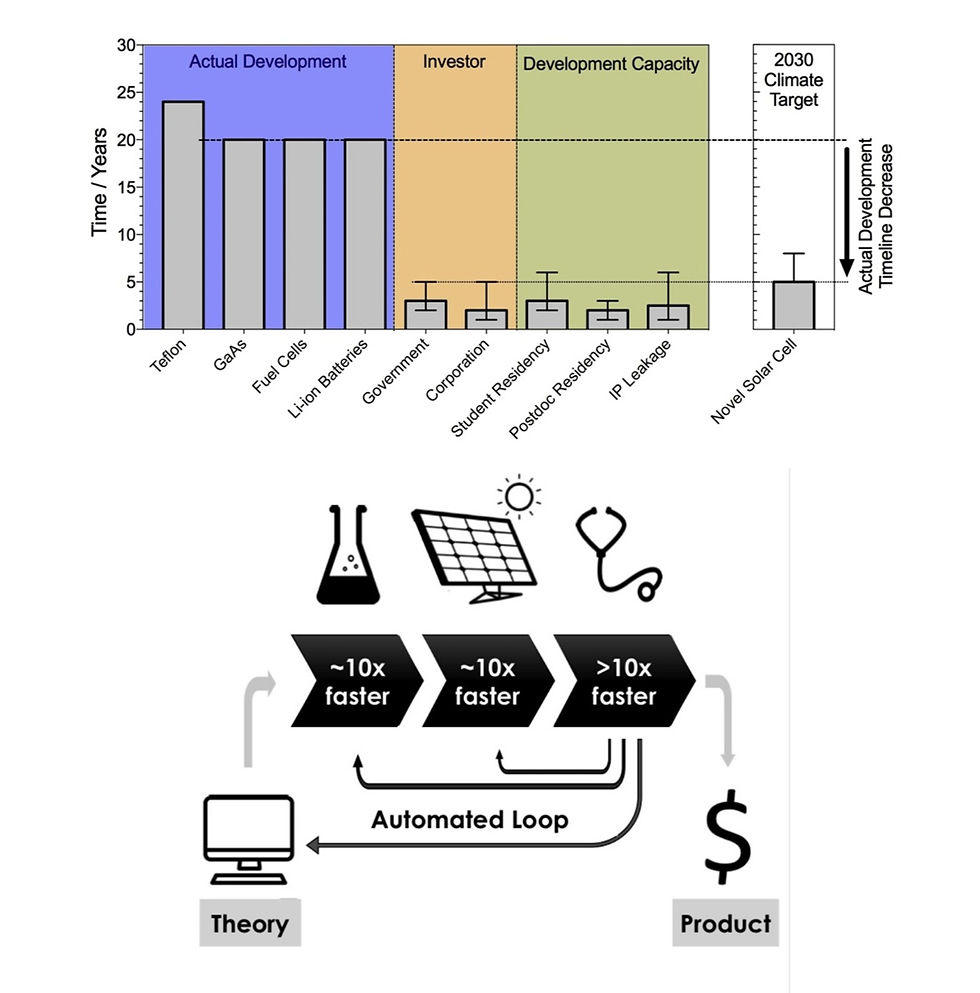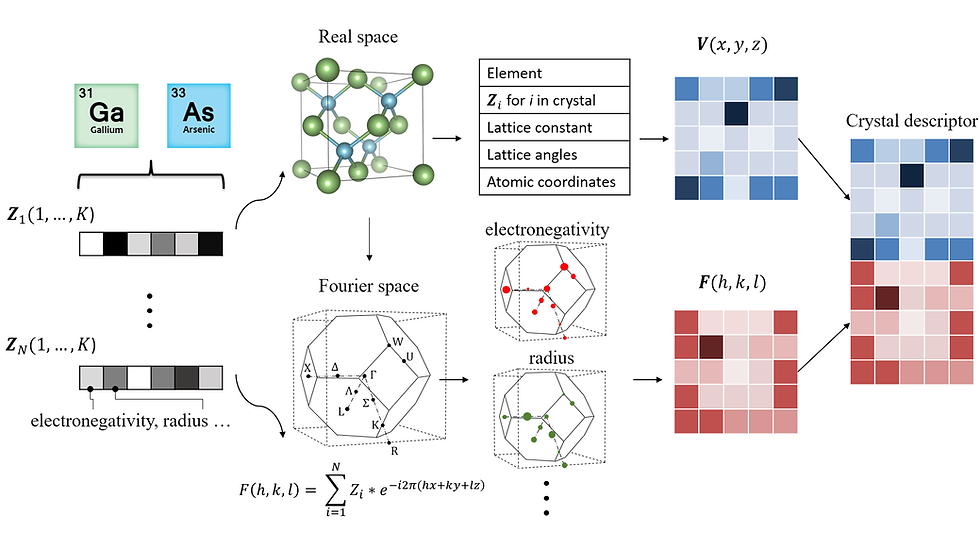June 2021: Materials Horizons
Combining data-driven screening and high-throughput calculations has emerged as a potential method for accelerating the discovery of novel materials for thermoelectric energy conversion. One way to increase the efficacy of successfully choosing a candidate material during the screening phase is through its evaluation using transport descriptors. These allow the rapid assessment of the potential of a material by utilizing the appropriate combination of one or more fundamental parameters. In this paper, we deploy a combination of data-driven screening from the Materials Project database and selected 12 potential candidates in the trigonal ABX2 chalcogenide family, followed by charge transport property simulations from first principles. The results suggest that carrier scattering processes in these materials are dominated by ionised impurities and polar optical phonons, contrary to the oft-assumed acoustic-phonon-dominated scattering. Using these data, we further derive ground-state transport descriptors for the carrier mobility and the thermoelectric powerfactor. We find that in addition to low carrier mass, high dielectric constant was found to be an important factor towards high carrier mobility. A quadratic correlation between dielectric constant and transport performance was established and further validated with literature. Looking ahead, dielectric constant can potentially be exploited as an independent criterion towards improved thermoelectric performance.





